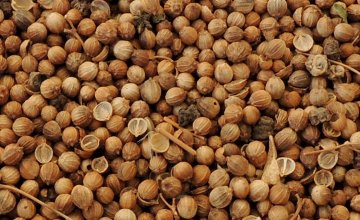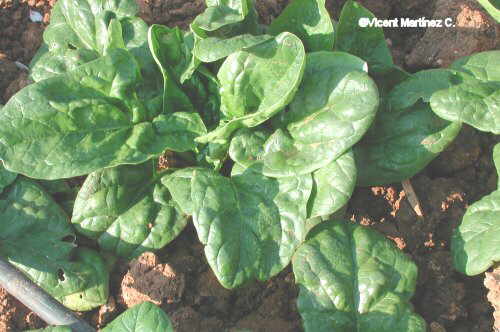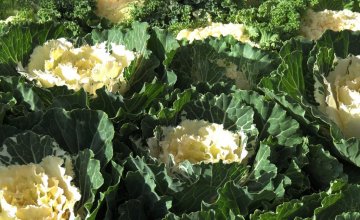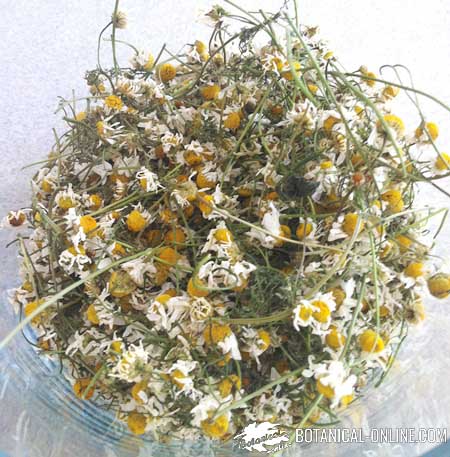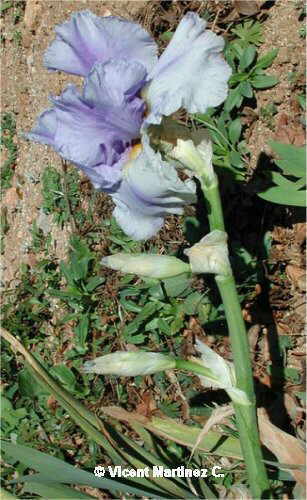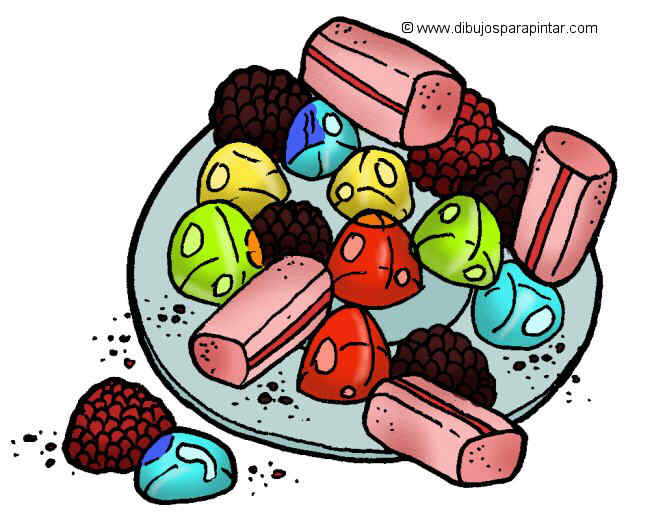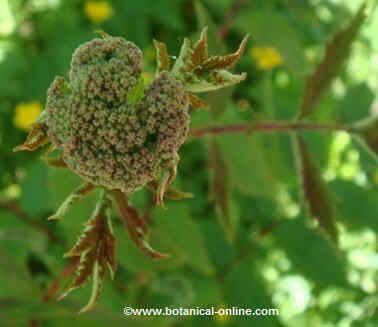Contents
Dangers of orach
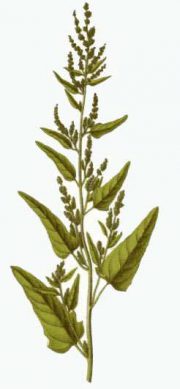
Is orach a poisonous plant?
No, orach (Atriplex hortensis) is not a toxic plant and its leaves are edible.
What components does orach have?
The plant contains saponins, some toxic components, but which are hardly absorbed by man and, therefore, pass through the digestive tract without causing damage.
Saponins have a bitter taste and are also found in other foods such as the alfalfa plant.
Oxalates in orach
Orach also contains oxalates, which can be partially eliminated when we boiling this vegetable. Oxalates also appear in other vegetables such as spinach.
* See: Foods rich in oxalates
Is orach a poisonous plant for animals?
Orach is a plant that is used to extract selenium from the soil, and its leaves are rich in this mineral.
At the veterinary level, the herbivorous animals fed on this pasture may have selenium intoxication due to the ingestion of this plant, although it only occurs in animals that feed on large amounts of this grass.
Other orach adverse effects
- Exanthema: some people who consumed armuelle frequently in the feeding have developed rashes (rashes).
- Orach pollen can cause allergy.
- Its seeds are very toxic for man and must not be consumed.
Precautions when eating orach
- It is not advisable to take large amounts of orach, nor should it be taken too often, because it is not advisable to take large amounts of saponins.
- Do not eat orach if you are pregnant or during breastfeeding, since it is a plant with saponins.
- Do not eat orach if you suffer from gout or stones in the kidney, since it is a plant rich in oxalates.
![]() More information on orach
More information on orach

